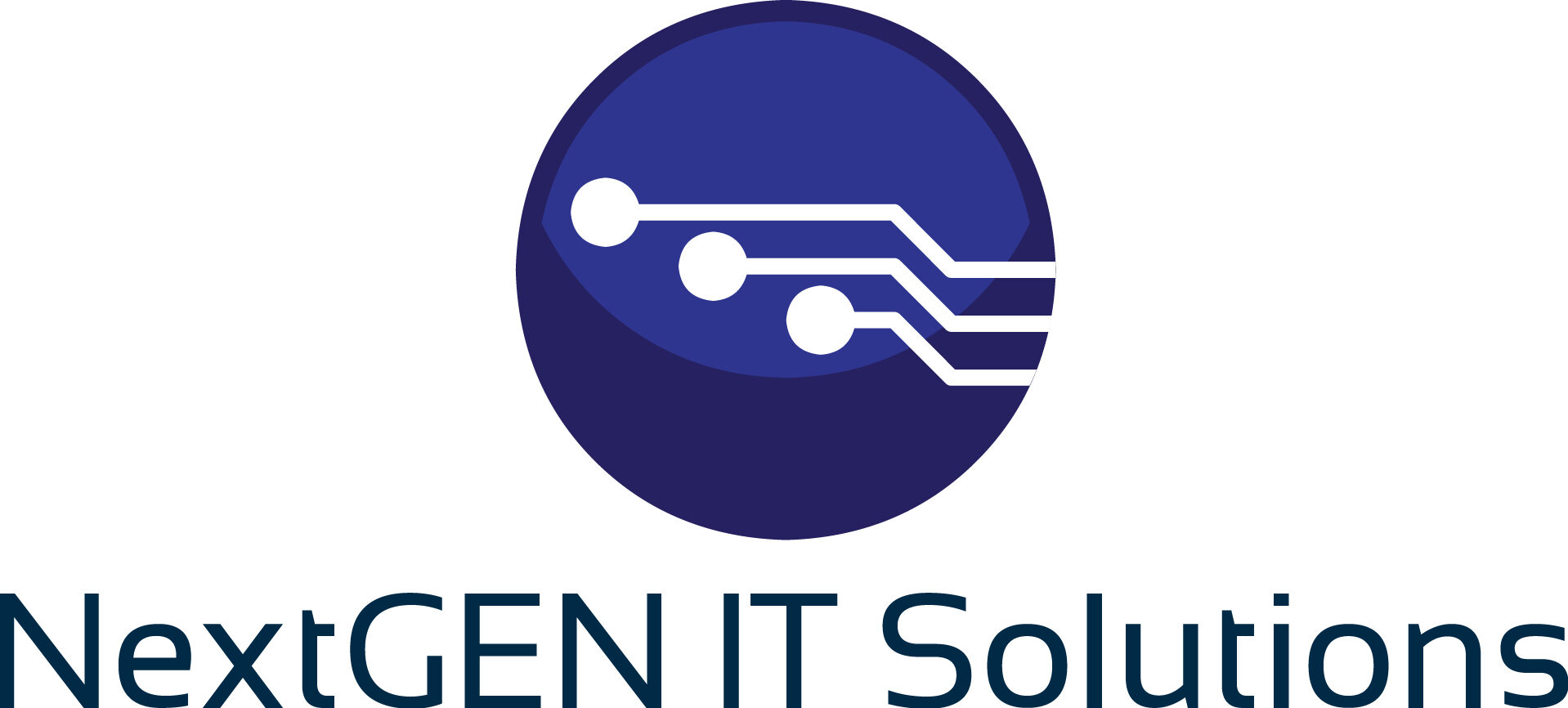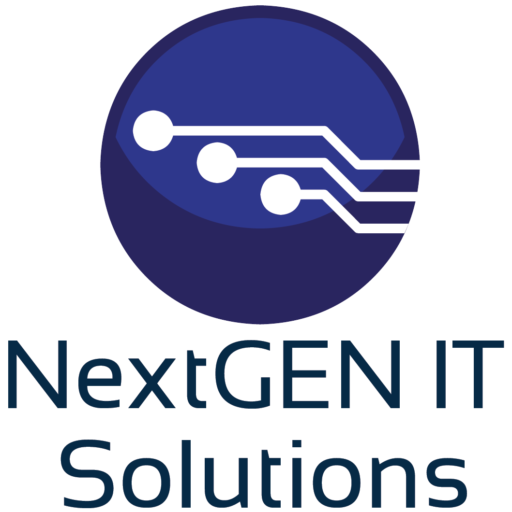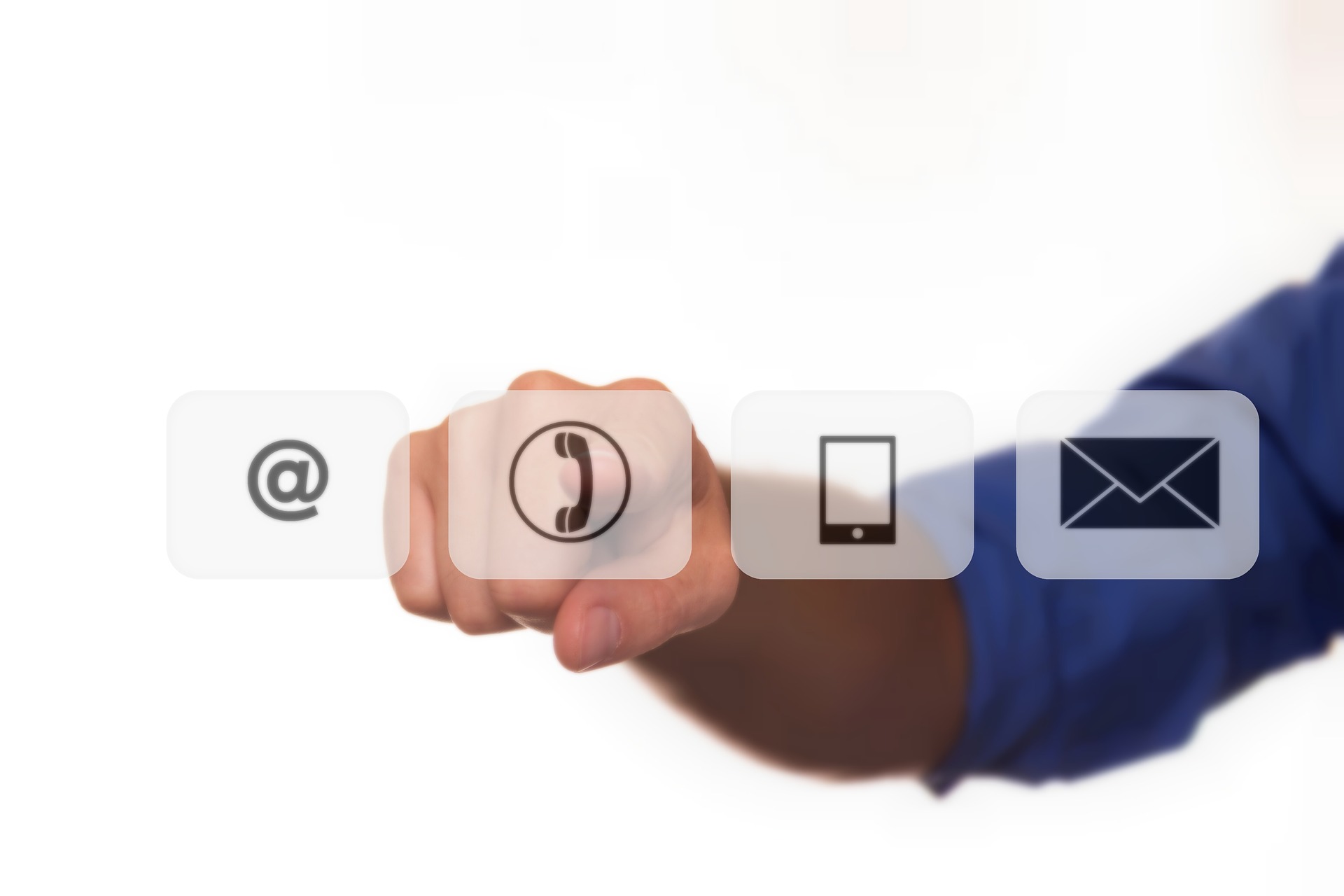Unveiling Microsoft Update Channels: An Essential Guide for Streamlining Your Software Updates

In the dynamic realm of Microsoft software, keeping up with the latest updates is vital for ensuring the security, stability, and performance of products such as Windows, Office, and Edge. At the forefront of this update, ecosystem lie the Microsoft update channels, serving as a gateway to a plethora of new features, bug fixes, performance enhancements, and critical security patches. In this comprehensive guide, we will delve into the intricacies of Microsoft update channels, unraveling their significance and shedding light on how they empower users with the latest advancements in Microsoft’s diverse product range.
Understanding Microsoft Update Channels
Microsoft update channels form a pivotal part of Microsoft’s strategy to deliver updates seamlessly to users. These channels act as conduits, offering access to a steady stream of updates for various Microsoft products. By constantly refreshing their software offerings, Microsoft ensures that users have the most up-to-date versions, equipped with the latest features and improvements.
Types of Microsoft Update Channels
To cater to the diverse needs of its extensive user base, Microsoft provides different update channels, each serving a unique purpose. The two primary channels are the Semi-Annual Channel (Targeted) and the Semi-Annual Channel.
The Semi-Annual Channel (Targeted) is tailored for early adopters and IT professionals who seek to test updates before deploying them on a larger scale. This channel enables these tech enthusiasts to get a first look at the latest updates, providing valuable insights and feedback to Microsoft before a wider release.
On the other hand, the Semi-Annual Channel is designed for regular users and organizations that prioritize stability and predictability in their software environment. Updates released through this channel have undergone comprehensive testing, making them more reliable for widespread deployment.
Within the Semi-Annual Channel, two distinct branches are available: the Current Branch (CB) and the Current Branch for Business (CBB). The Current Branch offers the most up-to-date features and enhancements, but it might carry a higher risk of compatibility issues due to its cutting-edge nature. In contrast, the Current Branch for Business provides a more stable release, granting organizations additional time to evaluate compatibility and deploy updates in a controlled manner.
Managing Microsoft Update Channels
To facilitate effective management and configuration of update channels, Microsoft offers a range of tools and technologies. One such tool is the Windows Update for Business (WUfB) service, which empowers IT administrators to exercise control over the deployment of updates within their organizations. WUfB enables administrators to define policies and settings according to specific requirements. They can choose the desired update channel, set deployment rings to control the pace of updates, and even defer updates for a certain period to allow for additional testing or compatibility checks.
Additionally, Microsoft provides the Windows Server Update Services (WSUS), a server-based solution that centralizes the management of updates within an organization. With WSUS, administrators gain the ability to approve or decline specific updates, create target groups for different sets of devices, and schedule update deployment at convenient times. This level of control ensures organizations can maintain a stable software environment while minimizing disruptions caused by frequent updates.
Benefits of Microsoft Update Channels
Embracing Microsoft update channels yields a myriad of benefits for both individual users and organizations. Firstly, staying updated with the latest software versions and security patches grants users access to the most recent features and enhancements, amplifying their overall productivity and user experience. Regular updates also address vulnerabilities and security flaws, safeguarding systems from potential threats and attacks.
Moreover, update channels allow organizations to test updates before deploying them across their infrastructure. The Semi-Annual Channel (Targeted) serves as a valuable testing ground, enabling IT administrators to evaluate the compatibility of updates with their existing software and hardware configurations. This proactive approach mitigates potential compatibility
issues that may arise from new updates. By selecting the appropriate update channel, organizations can strike a balance between stability and access to new features, ensuring a seamless transition to the latest software versions.
Furthermore, Microsoft update channels contribute to the overall reliability and performance of Microsoft’s software ecosystem. By rolling out updates in a controlled manner, Microsoft can gather user feedback and address any issues before a wider release. This iterative approach allows Microsoft to refine and improve its software offerings based on user experiences and feedback, leading to a more robust and efficient product.
Seize the Power of Microsoft Update Channels
By embracing Microsoft update channels, users and organizations can stay ahead of the curve, ensuring optimal performance, security, and productivity in the constantly evolving landscape of technology. The adoption of these channels not only guarantees access to cutting-edge features but also provides a platform for contributing to the refinement of Microsoft’s software ecosystem. So, why wait? Embrace the power of Microsoft update channels and unlock a world of possibilities for your software experience. For more information and guidance on leveraging the potential of Microsoft update channels, reach out to our experts today.



